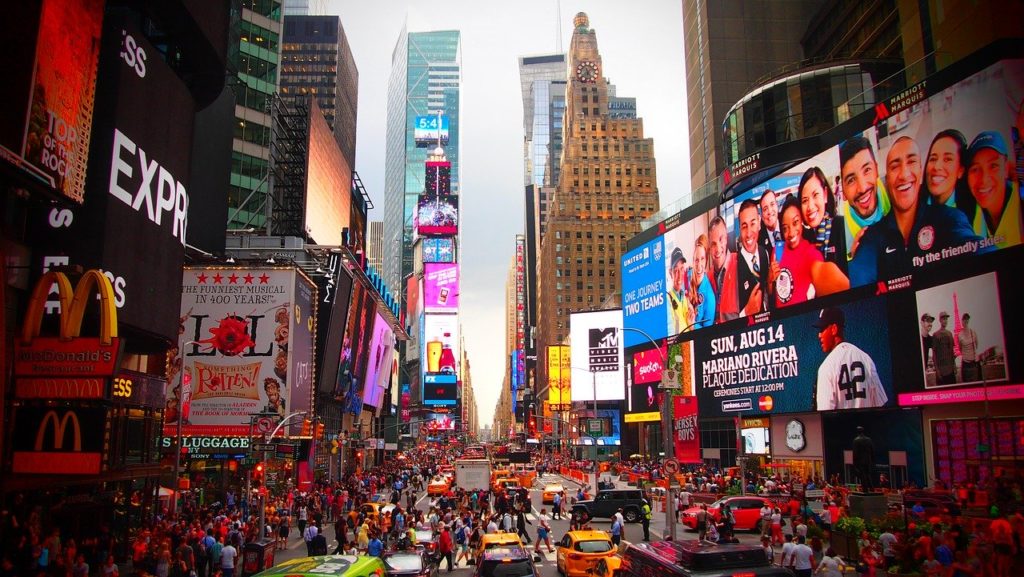LinkedIn Ads Are Not As Expensive As You Might Think
LinkedIn ads are becoming more and more popular and setting up a campaign can be hard to understand. You may end up spending far more than you expected to try and get some kind of return on investment and be left at the end of it all with nothing to show for it. Here are a few ways you can optimize your spending on LinkedIn ads.
Click Through Rate
This is one of the most important metrics for any ad campaign. You want the ad you built, curated, tested, and implemented to grab your user’s attention and engage them with your product or service offering. Taking the time from the start to create unique and engaging ads to stand out from the crowd will improve your positioning in the feed and lower your cost-per-conversion. The contrary can also take place should you have poor ads running. You can shape both a picture and a description to execute the messaging you are looking to convey.
Keep Your Bids Low
Constantly monitoring and tweaking your campaigns can keep money from bleeding out of the bottom of the strategy. While LinkedIn provides a range and suggested budgets, you can set your bid to the lowest possible to see how they perform in the limited traffic they receive. You can then audit the return numbers on the day to determine cost-effectiveness and continue iterating through your strategy.
Create Your Audience with Intention
Intentionally creating your audience size and groups within can help your ads perform much better. If you have over targeted, you run the risk of limiting your campaign too much, in turn leaving money on the table and lowering your click-through rate. Lower click-through rates directly correlate to an increased cost per click in the LinkedIn system. Your audience should sit at about 50k or more, depending on who you’re trying to reach. Building out audience groups can be just as important. Grouping specific ads into their own campaigns gives you more detailed data to work off of into the future. For instance, instead of having a “products” campaign for a fly fishing company, it would make sense to have several campaigns including “rods”, “reels”, and “waders” groupings. This lets you see which campaigns are performing better than others.
Have an Enticing Offer
Your offer in the ad is the item that captures their information or interest in some way. Building a story for your viewers to follow in the short amount of information in front of them can increase your click-through rate and lower your cost per click. Supporting information is important content, but the key is to get them to commit to your offer or at least capture their information. Gating your content behind an email submission form can ensure you are getting some type of return for most of the clicks you receive.
LinkedIn can be highly beneficial for lead generation as most of your audience members will be in a business mindset as they browse through their feeds. We are proud of the PPC campaigns we have built. Contact us today if you’d like to start the discussion.


